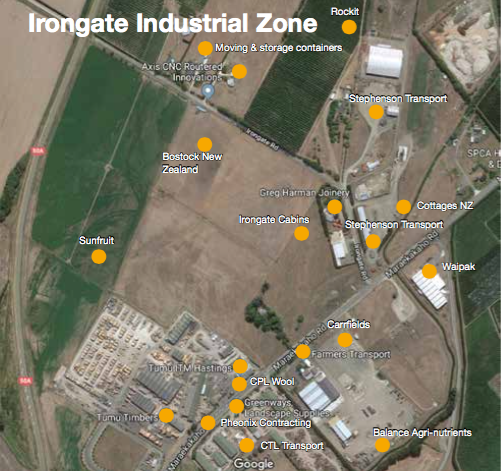Proposals for developing a ‘national planning template’ were first introduced following a 2013 discussion document ‘Building Competitive Cities: Reform of the Urban and Infrastructure Planning System’, with consultation on the development of National Planning Standards commencing on 6 June 2018 and submissions on Draft Standards closing on 17 August 2018.
The themes emerging from the consultation indicated that:
- current plans needed to be made simpler, more consistent, less complex and uncertain and;
- in general people wanted to make sure that councils are not a barrier to them getting on with what they want to do.
In response, changes to the Resource Management Act during 2017 require the Ministry for the Environment to have the first set of Planning Standards gazetted by April 2019. These Standards will then apply across New Zealand’s 67 territorial authorities and 11 regional councils.
The outcomes sought by the National Planning Standards are:
- Less time and fewer resources required to prepare and use plans.
- Plan content to be easier to access, and relevant content easier to find.
- National direction to be incorporated in plans, resulting in better implementation on the ground.
- Councils able to focus their resources on content that influences local resource management outcomes and their importance to the community.
- Good planning practice to be shared by councils or applied quickly across councils.
The planning standards will improve the accessibility of district and regional plans for plan users. For example, they will provide greater understanding of what a ‘commercial zone’ does and will identify heritage items with the same symbol across all planning maps nationwide
Plan users will have confidence that they understand the key purpose of different planning tools used in plans (e.g. zones, overlays,andprecincts),andtheywon’thave to figure out what a planning tool means in the context of every different plan. Plans won’t be ‘cookie cutter’ documents or the same in every setting. They will still focus on specific provisions to manage local issues of significance to meet the needs and expectations of local communities.
The first set of Plans developed by Councils will establish the structure and form of plans, how national policy statements, national environmental standards and regulations are referenced and will require councils to adopt more standardised spatial planning tools, zone frameworks, mapping, and measures – such as those for noise levels and sediment control. Mandatory elements of the standards are required to be implemented into council plans within one year, or for Councils having new plans, such as Hastings District Council, two years, with remaining provisions incorporated within five years.
With any change there are implications and opportunities.
Implications:
- Unanticipated or unscheduled costs to councils to undertake changes or variations to plans.
- Initial uncertainty for plan users, landowners and or developers.
- Potential loss of existing use rights, unless specifically secured by resource consent or certificate of compliance (for permitted activities).
Opportunities:
- Greater opportunity for better alignment for district plans – such as the Central Hawkes Bay, Hastings and Napier District Plans, and better consistency between those plans and the Hawkes Bay Regional Plan.
- More efficient and cost-effective implementation.
Within Hawkes Bay the three main District Plans present as distinctly different documents, with each being presented having a distinctly different format and structure despite many of the overriding key resource management principles being shared between the councils. The recently developed Hastings District Plans has introduced higher levels of specificity across particular resource management areas with feedback from the wider community being that the complexity and broad range of provisions has made the plan difficult to navigate and applications processes more costly.
From April 2019, the introduction of the National Planning Standards will introduce a new challenge to Hawkes Bay Councils. This will be to work together, between each other and with communities to establish common, simple and understandable plan structures for the management of common principle and overriding issues, while still retaining flexibility to retain specific and likely more complex, management outcomes for particular environmental resources, features and communities of interest.
Given the outcome of the recent Amalgamation Referendum, the mandate for such change may be at best ‘on-balance’ and will require substantial buy in and feed back from the community. However, if the outcomes of simplification and efficiency are as important as expressed by the community the goal should be achievable to the positive benefit for the entire Hawkes Bay Region.
As an RMA practitioner any opportunity to facilitate growth and development whilst maintaining anticipated environmental outcomes would be welcomed. More change for the ever changing resource management sector however.



